A powerful storm spreads across several major regions.
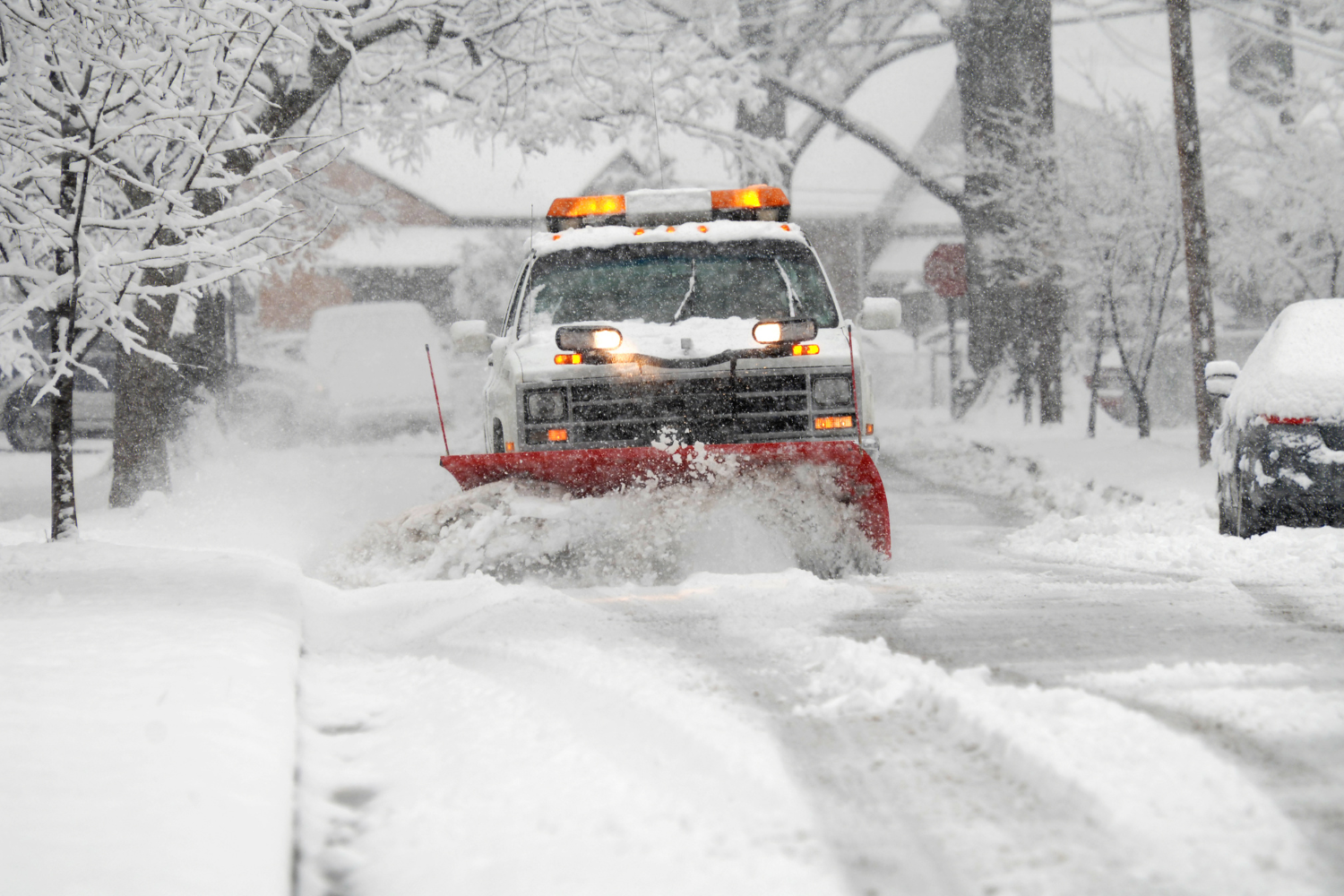
An early season winter storm is sweeping across the central and eastern United States with extraordinary intensity, stretching from the Great Plains through the Midwest and deep into the Great Lakes and Northeast. More than one hundred million people are in the path of snow, ice or dangerously cold air as this system pushes eastward. The storm began building late Sunday and is expected to disrupt travel, flights and power grids well into midweek. As communities from Nebraska to New York brace for impact, the scope of this event is becoming clearer, turning a single storm into a national concern.
1. A broad storm band covers the central United States.
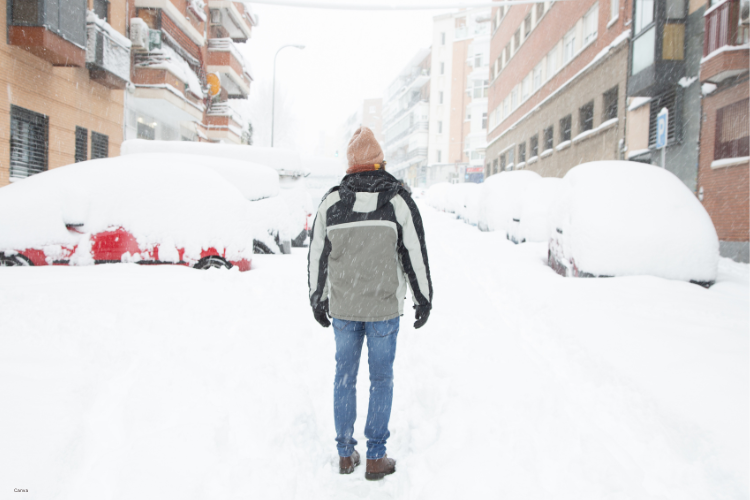
Forecasters say the storm first intensified across Nebraska and South Dakota before expanding outward, bringing heavy snow and strong winds across the entire region according to the National Weather Service. These early impacts quickly signaled how large this system would grow. Communities that expected a light early season snowfall instead woke up to winter conditions that strained road crews and emergency teams. As the storm continued to gather strength, it became obvious that this was not a regional event but the beginning of a much wider disruption.
2. Midwest cities face significant travel slowdowns.

Major metro areas across Iowa, Illinois and Wisconsin are reporting difficult travel as snow intensity increases, as stated by AP News. Roads that normally stay clear in early winter became slick and slow, and airports issued delay notices throughout the morning. Drivers found themselves navigating through sudden whiteouts, and residents watched local alerts shift from routine caution to urgent warnings. The impact moved city by city, creating a wave of closures across the region as people tried to keep ahead of the storm.
3. Great Lakes communities brace for lake effect snow.
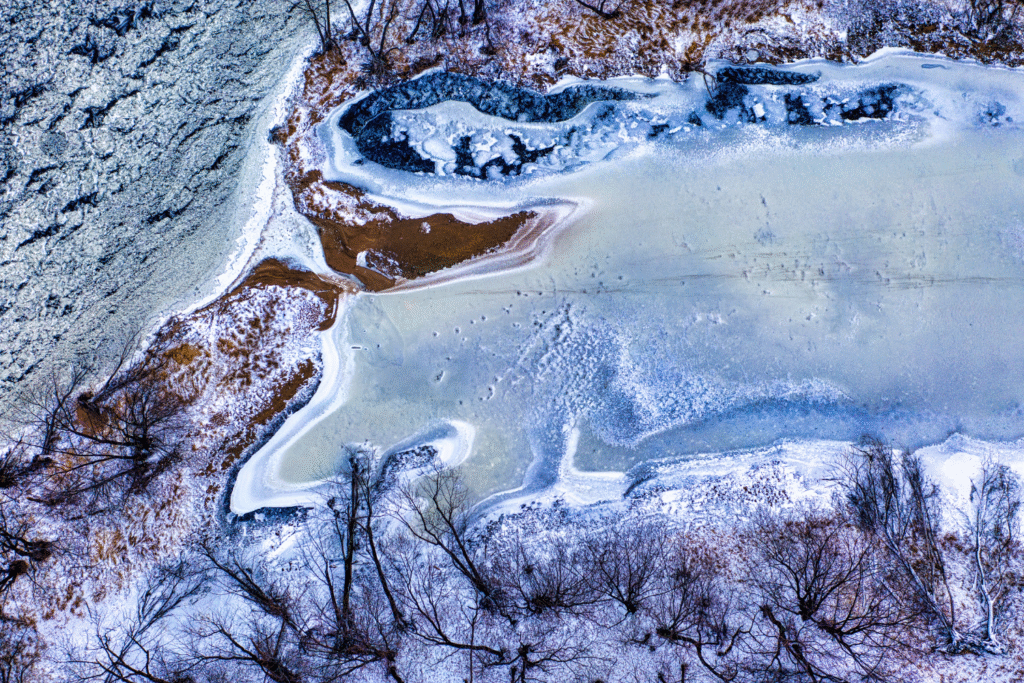
Meteorologists warn that Michigan, Indiana and Ohio could face some of the heaviest totals of the entire system, reported by regional forecasting centers. Lake effect bands are forming behind the main storm front, dropping intense bursts of snow that can shift direction with little notice. Residents around the lakes know how unpredictable these bursts can be, and many are preparing for rapid accumulations that cut visibility and close rural roads. As this section of the storm grows, the regional risk expands with it.
4. Northeastern states begin to see the storm arrive.
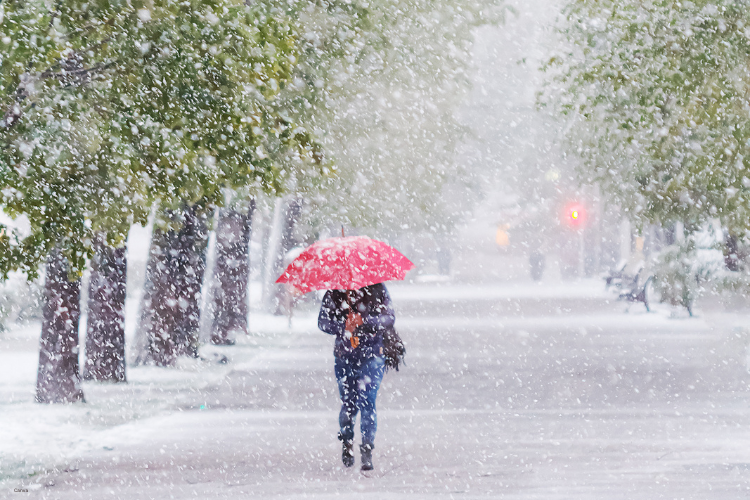
As the system moves east, parts of Pennsylvania, New York and New England are preparing for a mix of snow, sleet and freezing rain. Early reports show falling temperatures and strengthening winds setting the stage for a difficult couple of days. With each passing hour, the storm edges closer to heavily populated corridors, raising concerns for commuters and families returning from weekend travel. The transition from central states to the Northeast marks a new phase of the storm where population density raises the stakes.
5. Plains communities feel the first major cold blast.
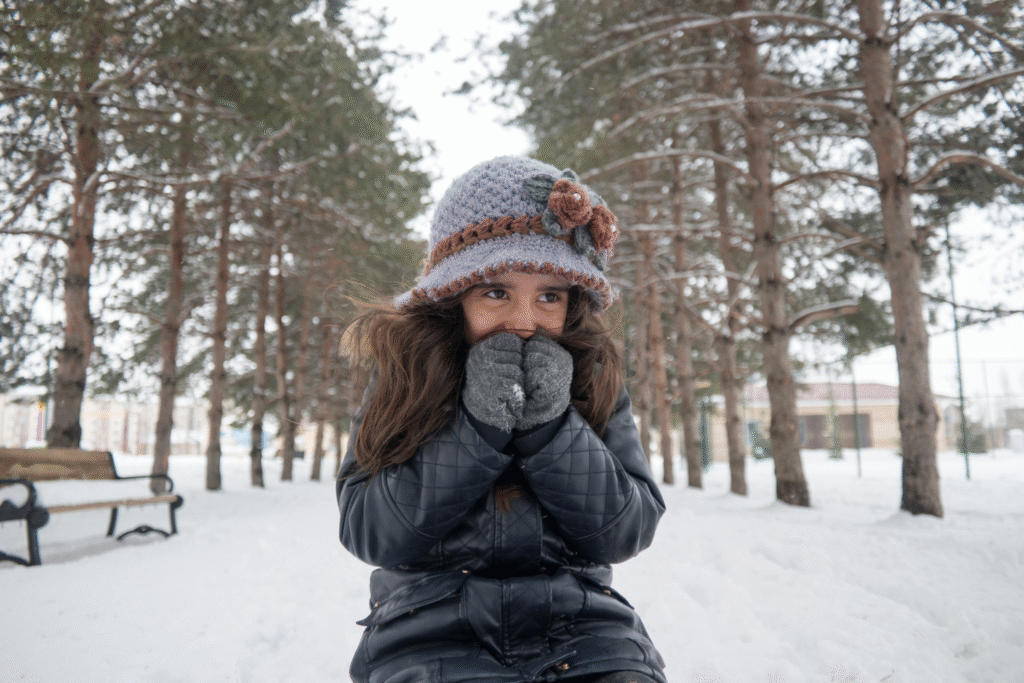
Residents across Kansas and Oklahoma are seeing sharp drops in temperature as the storm pulls Arctic air southward. This deep cold arrives before the full snow pack does, creating icy road conditions and testing heating systems that have barely begun their winter workload. People in rural areas face the greatest challenge because long distances between towns can turn a simple breakdown into a dangerous situation. As the cold pushes farther east, it reminds everyone that this storm carries more than just snow.
6. Ice threatens to coat roads throughout Missouri and Kentucky.
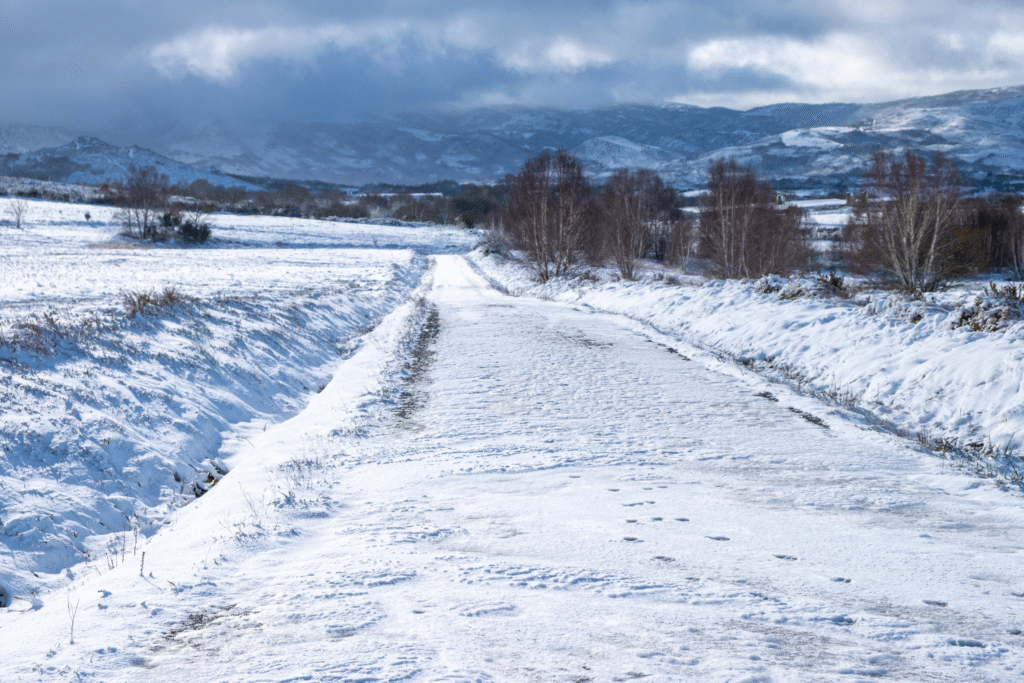
Southern edges of the system are seeing freezing rain accumulate on roads, sidewalks and bridges, creating some of the most hazardous travel conditions across the storm path. Emergency management offices warn residents to avoid unnecessary travel during the coldest hours of the night. Once ice begins to layer over power lines and tree branches, outages become more likely. These impacts spread quickly, and as the storm reaches new states, the pattern of inconvenience shifts toward real danger.
7. Power outages remain a major concern across several regions.

Heavy snow combined with wind gusts is pushing power grids toward their limits. Utility companies are staging repair crews in advance because outages in the Great Plains and Midwest often take time to address due to long rural routes. People who rely on electric heating or medical equipment are being urged to make backup plans. When a storm stretches from one region to another, the demand on repair teams increases exponentially.
8. Flights across major airports may face cascading delays.

Chicago, Minneapolis, Detroit and Cleveland are all dealing with storm related disruptions. Once these major hubs slow down, the entire national flight network becomes vulnerable to extended delays. Airlines are advising travelers to recheck schedules and plan for sudden changes. This ripple effect spreads far beyond the storm itself, touching people across the country who may not see a single snowflake.
9. Schools across multiple states close or switch to remote plans.

Districts in states like Minnesota, Wisconsin, Michigan and parts of New York have announced early closures to avoid sending students and buses into worsening conditions. These decisions are often made hours ahead of the storm peak, and families find themselves adjusting schedules on short notice. As the storm covers more ground, the number of closures grows, echoing the scale of the weather event.
10. Rural communities in the Plains face heightened storm risks.
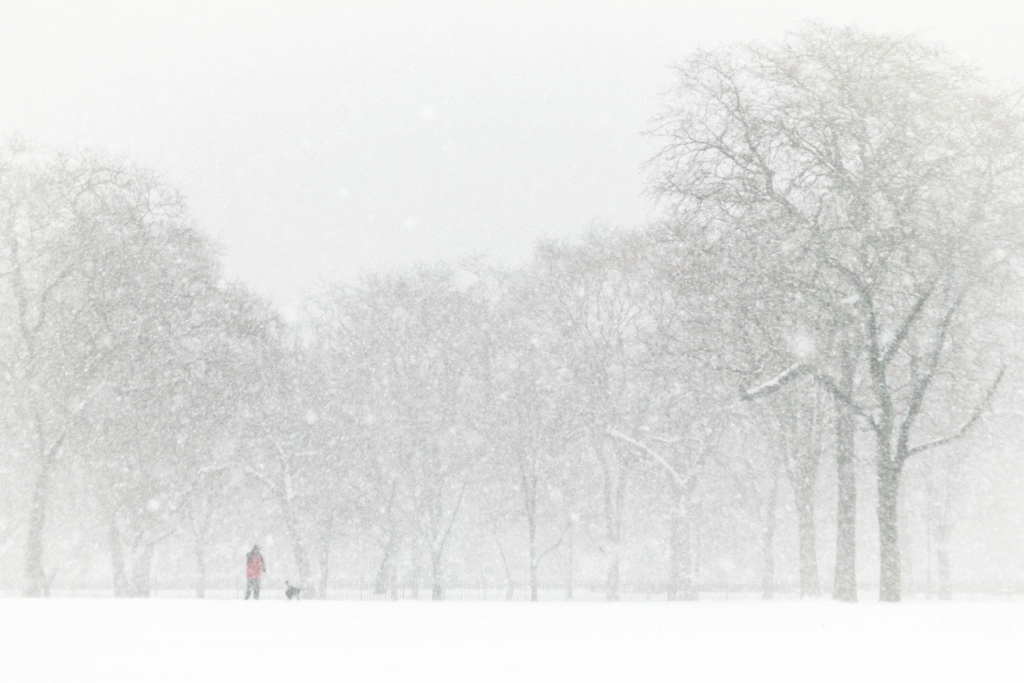
Small towns in the Dakotas and western Nebraska are especially vulnerable during early season storms. With fewer road crews and longer distances between emergency services, snow drifts and blocked routes can isolate communities quickly. Once the storm settles in, accessibility becomes one of the biggest challenges. These areas often rely on neighbors more than systems, and that reality becomes clearer each time a winter storm arrives early and aggressively.
11. Grocery and fuel supply chains experience immediate strain.
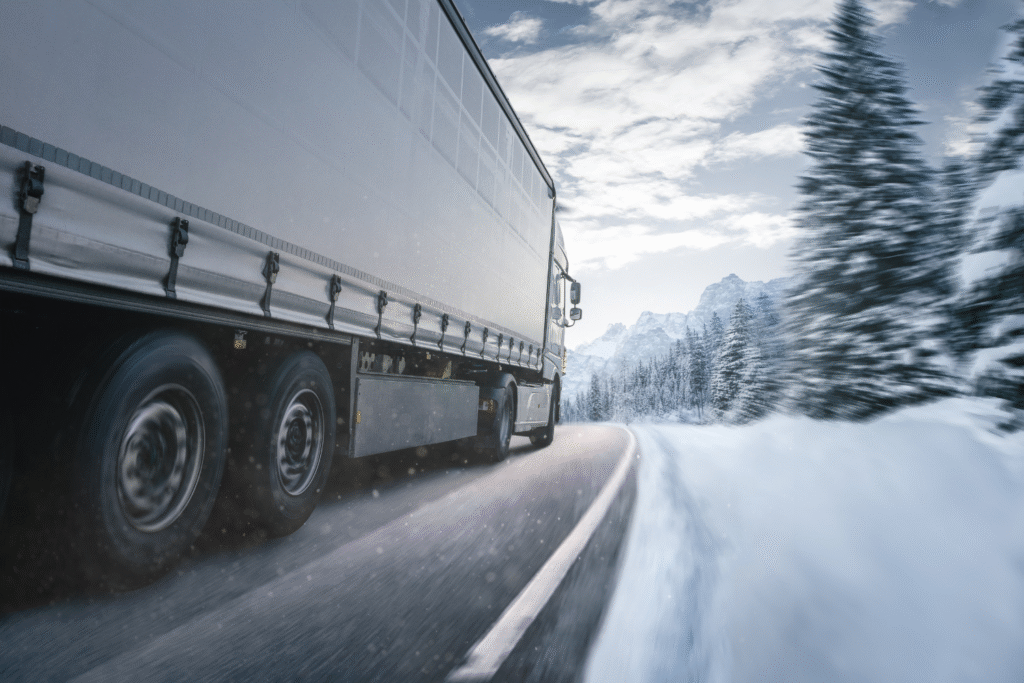
As highways freeze and trucks slow down, deliveries face delays across several states. Stores in smaller towns may see shelves thin as shipments get pushed back. Fuel stations along major routes often experience early surges as residents prepare for possible closures. These quiet disruptions ripple outward, showing how weather can influence supply long before the storm is finished.
12. This early event hints at a storm filled winter ahead.
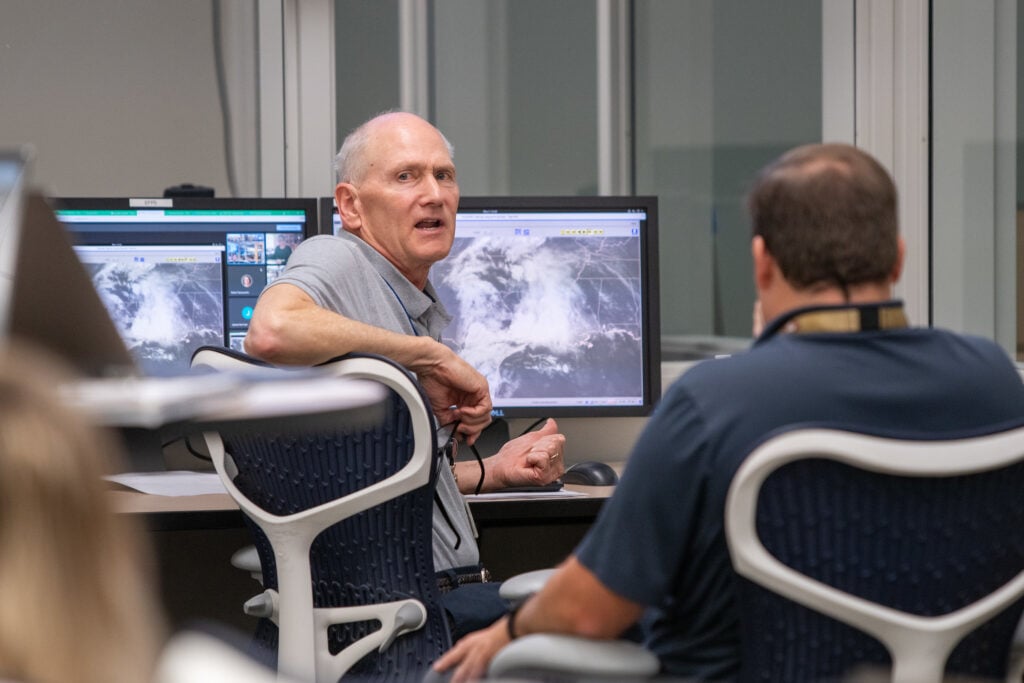
Meteorologists watching long range trends suggest that early intense storms often indicate colder and more active months to follow. This system may be the first signal of what is coming, and families are being encouraged to prepare for a winter that could bring more frequent severe weather. As this storm moves east and begins to weaken, the lesson it leaves behind is unmistakable. Early preparation matters because winter storms can transform from mild to dangerous in a matter of hours across an entire region.
